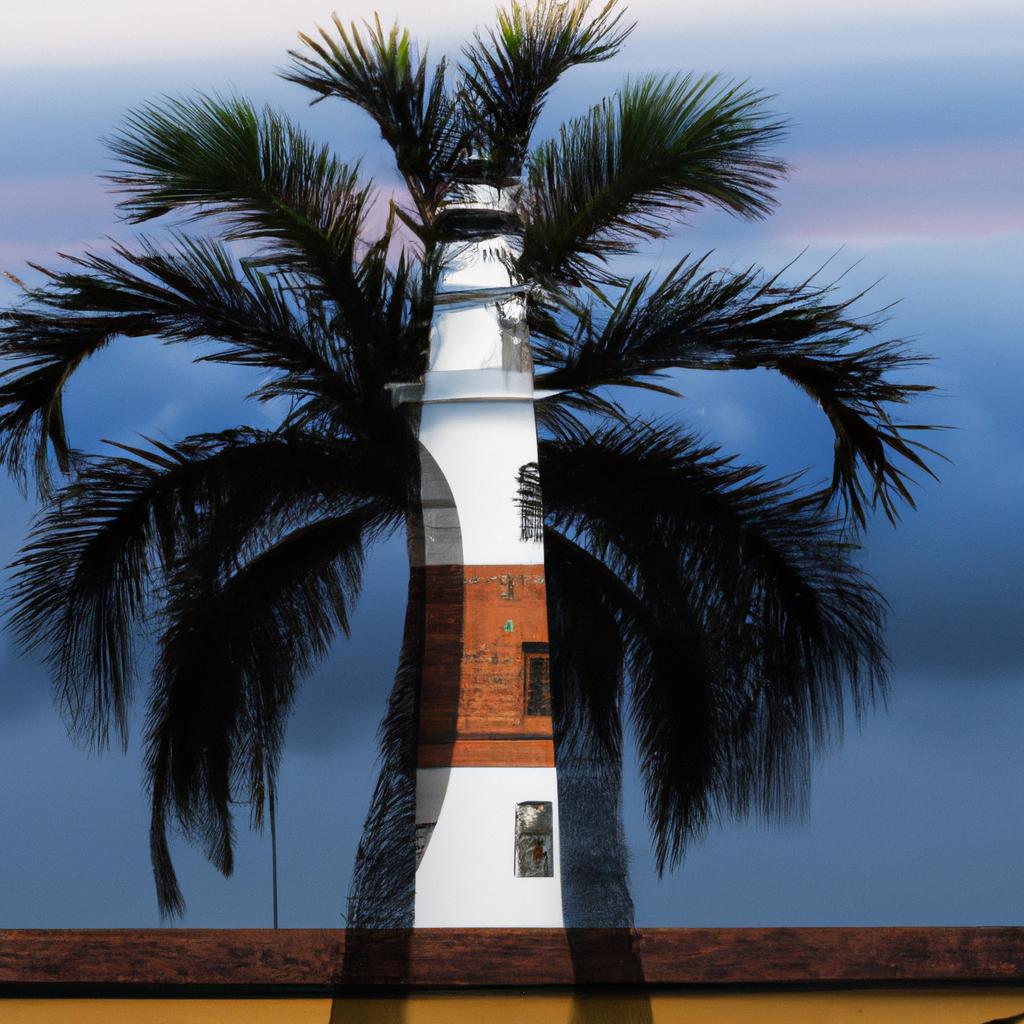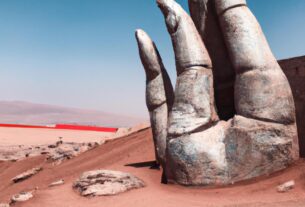El Faro de Maracaibo, also known as the Maracaibo Lighthouse, stands proudly in the city of Maracaibo, Venezuela. This historic landmark has been guiding ships in and out of Maracaibo’s harbor for centuries, holding a significant place in the country’s rich history and vibrant culture.
History of El Faro de Maracaibo
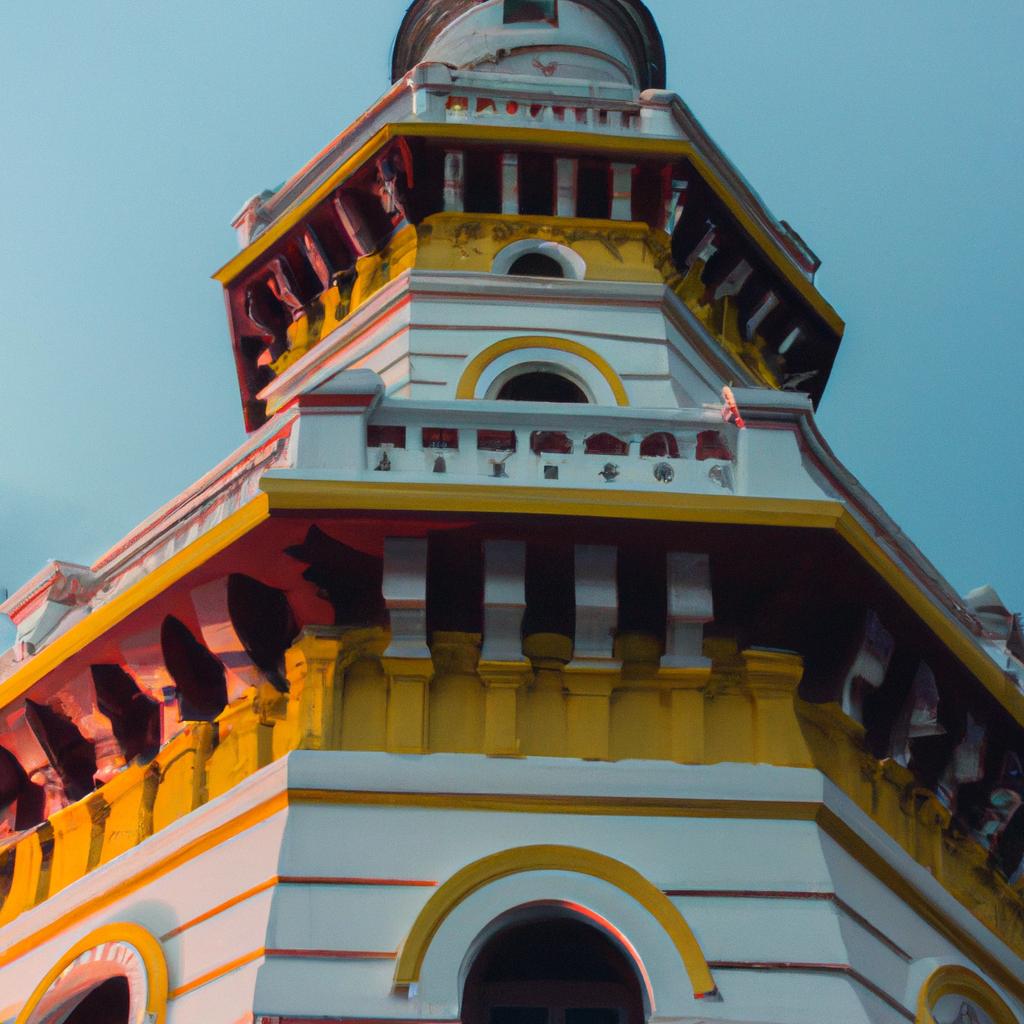
Construction of El Faro de Maracaibo began in 1881 under the presidency of Antonio Guzmán Blanco. The renowned French architect, Gustave Eiffel, the mastermind behind the Eiffel Tower, designed this magnificent lighthouse. Positioned on Punta Icotea, a rocky promontory that extends into Lake Maracaibo, El Faro de Maracaibo played a vital role in guiding ships during the colonial era. The lake’s notorious sudden storms and unpredictable winds made navigation treacherous. However, the powerful beam of light from the lighthouse ensured ships reached the safety of Maracaibo’s harbor, avoiding dangerous shoals.
In the 20th century, El Faro de Maracaibo became an emblem of Venezuelan culture and heritage. Designated as a national monument in 1979, it now stands as a popular tourist attraction. However, years of neglect and natural disasters have taken a toll on the lighthouse, posing a threat to its continued existence.
Architecture and Design of El Faro de Maracaibo
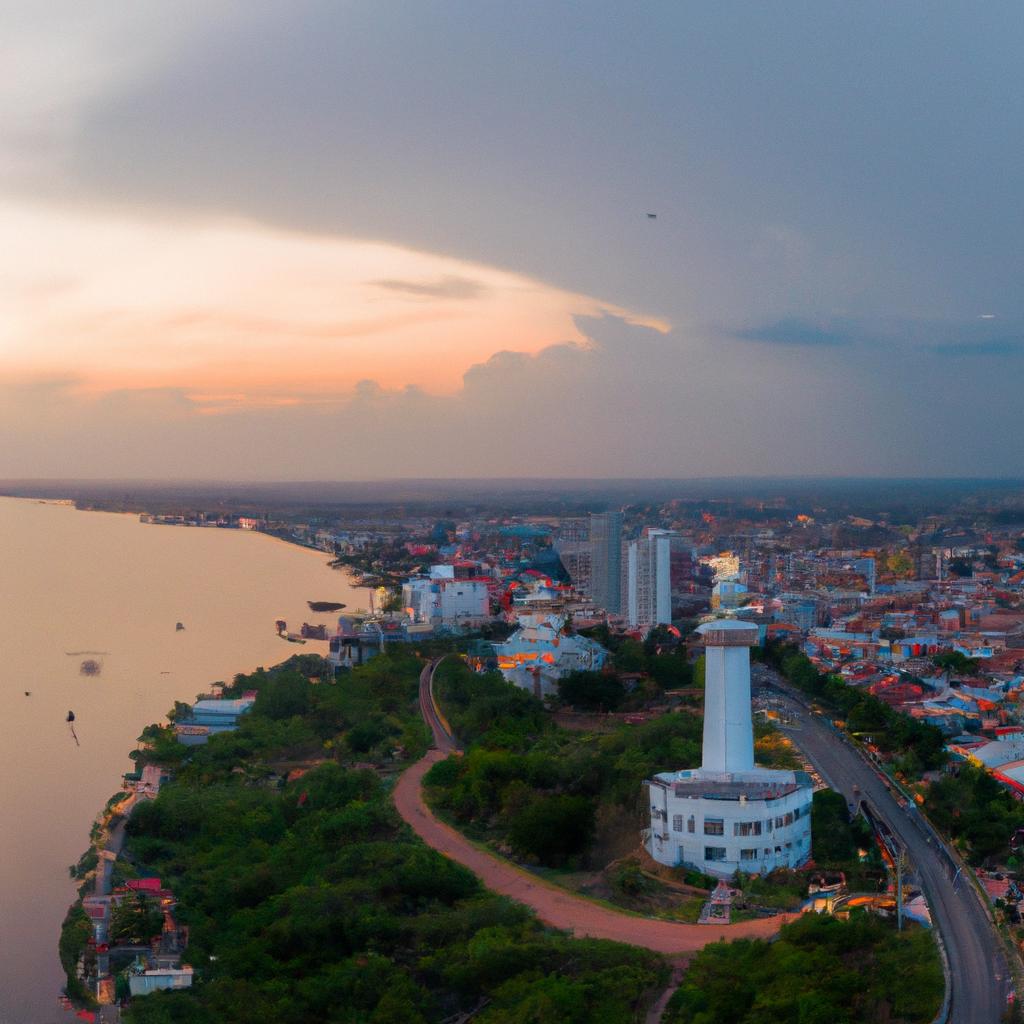
El Faro de Maracaibo stands tall at a height of 162 feet, its beam reaching a range of 23 nautical miles. The lighthouse’s design is truly unique, featuring a cylindrical tower constructed from cast-iron plates expertly bolted together. Inside the tower, a spiral staircase leads to the lantern room at its peak.
This design ensures the lighthouse’s resilience against the harsh weather conditions of Lake Maracaibo. The tower’s base is deeply anchored into the rocky promontory, and its cylindrical shape helps it withstand the region’s strong winds. The lantern room houses a Fresnel lens, renowned for its ability to focus light into a powerful beam.
El Faro de Maracaibo’s architectural design showcases the innovative engineering techniques of the late 19th century. Its aesthetically pleasing appearance and functional structure have transformed it into an iconic landmark of Maracaibo.
Significance of El Faro de Maracaibo
![]()
The significance of El Faro de Maracaibo encompasses multiple dimensions. Functionally, it played a critical role in guiding ships, leaving an indelible mark on Venezuela’s maritime history. Symbolically, El Faro de Maracaibo represents the country’s engineering prowess, designed by none other than Gustave Eiffel himself, the genius behind the Eiffel Tower. It has graced Venezuelan currency and served as inspiration for countless paintings and photographs.
El Faro de Maracaibo is also a beloved tourist attraction, captivating visitors from around the world. Its historical and cultural significance has turned it into an essential part of Venezuela’s tourism industry. The lighthouse’s museum showcases its construction and history, while the opportunity to climb to the top offers a breathtaking view of Lake Maracaibo. The economic impact it brings to the local community cannot be overstated, providing jobs and revenue.
In conclusion, El Faro de Maracaibo stands as a historic and cultural treasure, playing a pivotal role in Venezuela’s maritime history. Its ingenious design and engineering marvel make it an iconic symbol of Maracaibo. TooLacks proudly shares the captivating history and significance of El Faro de Maracaibo with our readers.
Challenges Faced by El Faro de Maracaibo
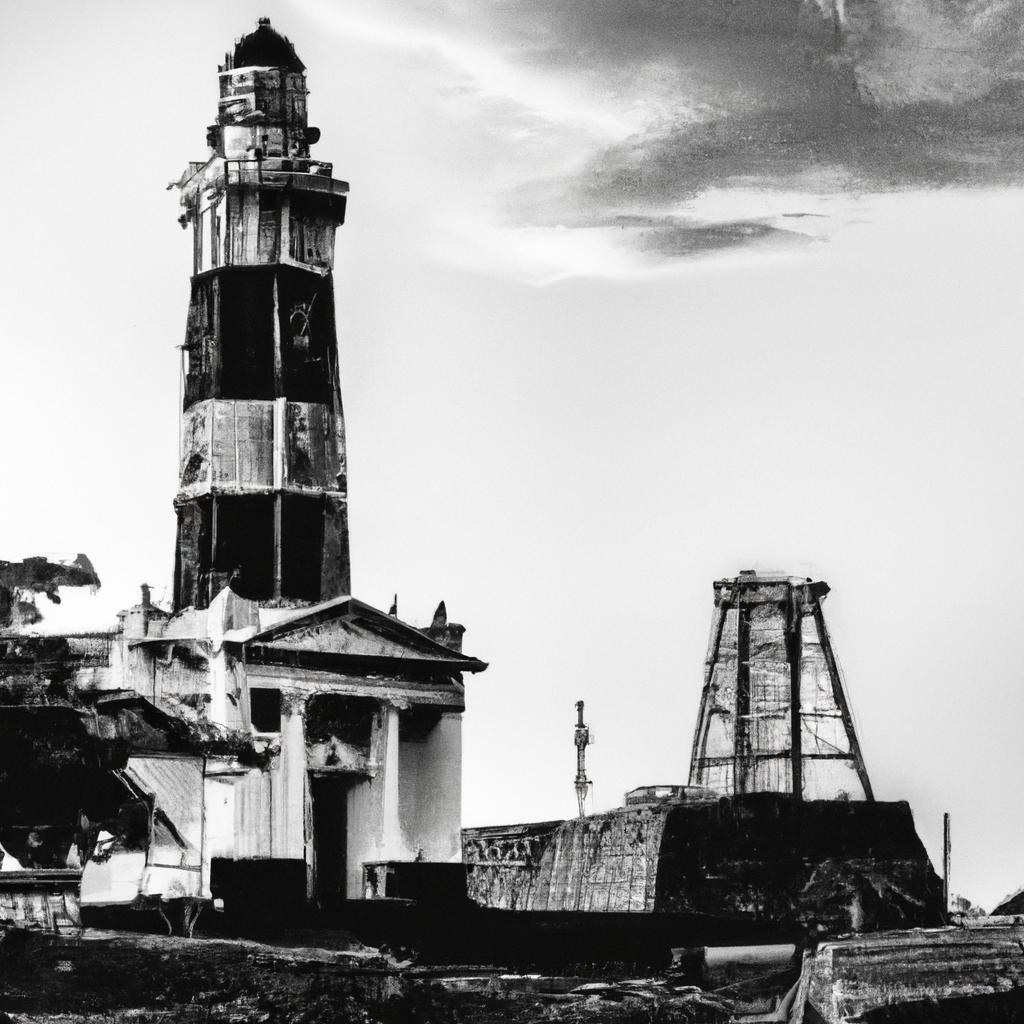
Throughout the years, El Faro de Maracaibo has encountered numerous challenges, from natural disasters to maintenance and preservation struggles. The lighthouse has withstood earthquakes, including one in 1900 that caused significant damage. Lightning strikes and strong winds have also taken their toll.
Maintenance and preservation pose ongoing challenges for El Faro de Maracaibo. Regular upkeep is necessary to ensure the lighthouse’s structural integrity and prevent corrosion of its cast-iron plates. Preserving this cultural heritage site demands resources, funding, and expertise to protect it from the passage of time and the forces of nature.
Despite these challenges, efforts have been made to address them. The Venezuelan government has invested in restoration and preservation projects to safeguard the lighthouse’s future. Collaboration with private organizations has promoted tourism and raised awareness of the lighthouse’s historical and cultural significance.
Conclusion
El Faro de Maracaibo stands as a remarkable testament to Venezuela’s history and culture. Its distinctive architecture and design, paired with its role in guiding ships, have elevated it to an iconic symbol of Maracaibo. The challenges El Faro de Maracaibo has faced underscore the importance of preserving cultural heritage sites. Ongoing efforts are crucial to ensure this historic landmark can be appreciated and cherished by future generations. As a website dedicated to nature, gardening, animals, and more, TooLacks recognizes the significance of preserving cultural heritage sites like El Faro de Maracaibo. We encourage everyone to visit this iconic landmark and support initiatives that guarantee its continued existence for generations to come.
